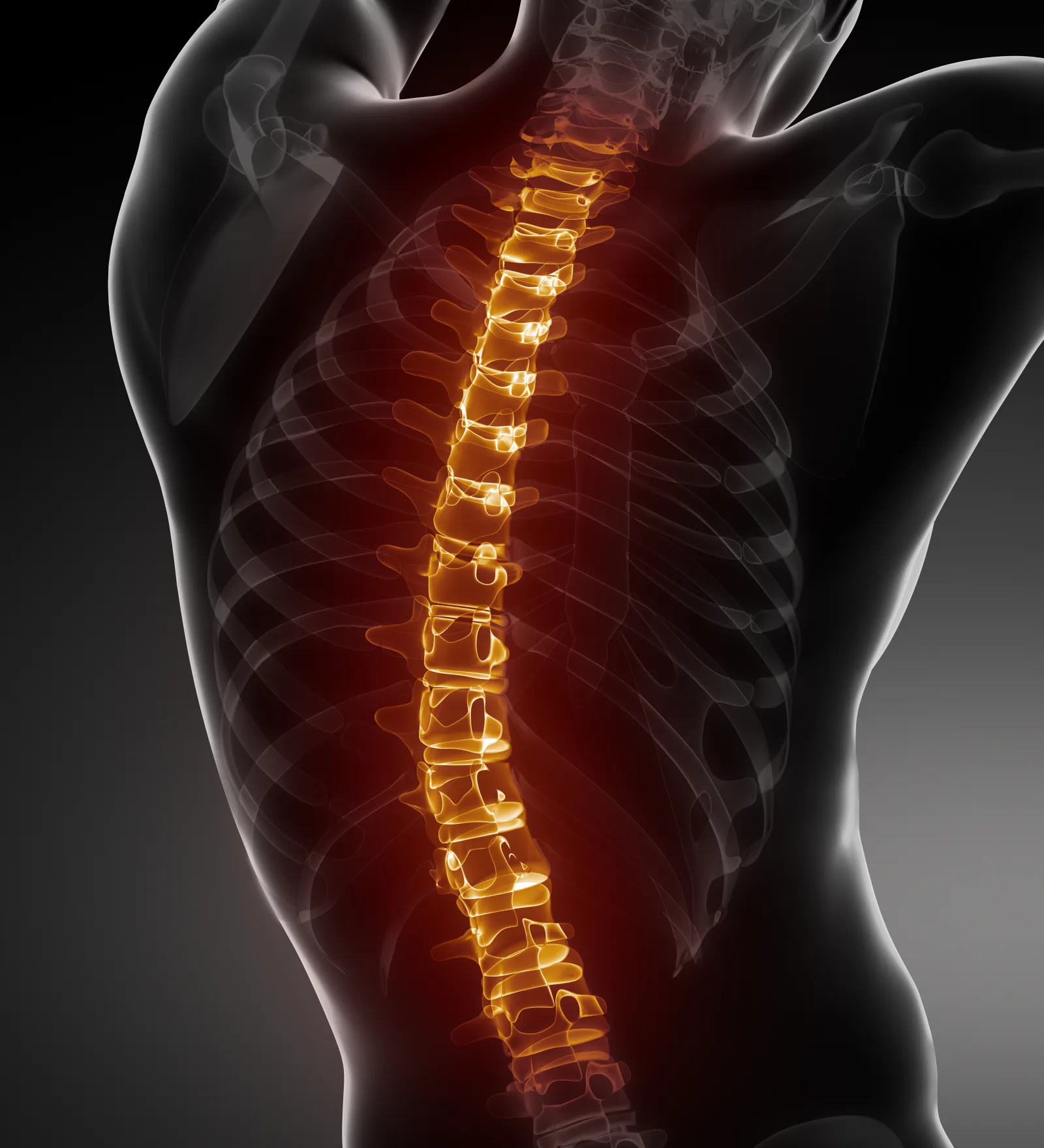
At Orthopaedic Specialists of Austin, Dr. Robert Josey and Dr. Michael Moghimi offer a comprehensive range of procedures that serve as viable and highly effective alternatives to traditional "open" spine surgery, including minimally invasive spine surgery. Through these minimally invasive procedures, they have treated and helped patients find relief from the symptoms of spine conditions that once would have required far riskier and more intensive surgeries. Using endoscopic techniques, Drs. Josey and Moghimi are able to provide minimally invasive treatment for spine conditions of the cervical, lumbar, and thoracic regions of the back, covering the areas of trauma, degenerative conditions, spinal deformity, tumors, and infections.
Minimally invasive spine surgery offers many benefits over its traditional counterpart. Drs. Josey and Moghimi discuss the many benefits of minimally invasive spine surgery during consultations at their Austin, TX orthopaedic center so that patients understand precisely why their surgeons are employing endoscopic techniques to perform their procedures. Our doctors believe that patients should be fully educated about the benefits, as well as the risks, of the procedures they are about to undergo before they commit to surgery.
Are you a good candidate for minimally invasive spine surgery? To find out for yourself, please contact Orthopaedic Specialists of Austin to schedule your initial consultation with Dr. Josey or Dr. Moghimi today.
What Are the Benefits of Minimally Invasive Spine Surgery?
At Orthopaedic Specialists of Austin, we perform minimally invasive spine surgery using endoscopic techniques. An endoscope is a long, thin surgical instrument that contains a tiny camera at its end. The endoscope is inserted through one of several small incisions through which our surgeons perform minimally invasive procedures. The camera at the end of the endoscope transmits real-time images to a screen so that our doctors can monitor the work they are performing using the tiny surgical instruments inserted through the other incisions. The endoscopic technique allows our doctors to work through the smallest incisions possible, without having to create larger incisions and pull back tissues to observe the work being done.
The benefits of this minimally invasive approach include:
- A shorter healing time: In general, because there are smaller incisions and less trauma to tissues, patients have a shorter recovery time after surgery.
- Less risk of post-operative bleeding and infection: Again, the smaller incisions and limited exposure of internal tissues to outside elements reduce the risk of post-surgical complications such as bleeding and infection.
- Less pain: Patients are less likely to experience severe post-surgical pain.
- Less risk of tissue damage: This approach reduces the risk of damage to muscles and adjacent healthy tissues.
- Smaller scars: The smaller incisions will leave smaller, less conspicuous scars.
- Shorter hospital stay: If a hospital stay is necessary, it will probably be shorter than it would be after traditional "open" surgery.
Learn More about the Benefits of Minimally Invasive Spine Surgery
If you would like to learn more about the benefits of minimally invasive spine surgery, or you would like to schedule your initial consultation with one of our esteemed spine surgeons, please contact Orthopaedic Specialists of Austin today.
